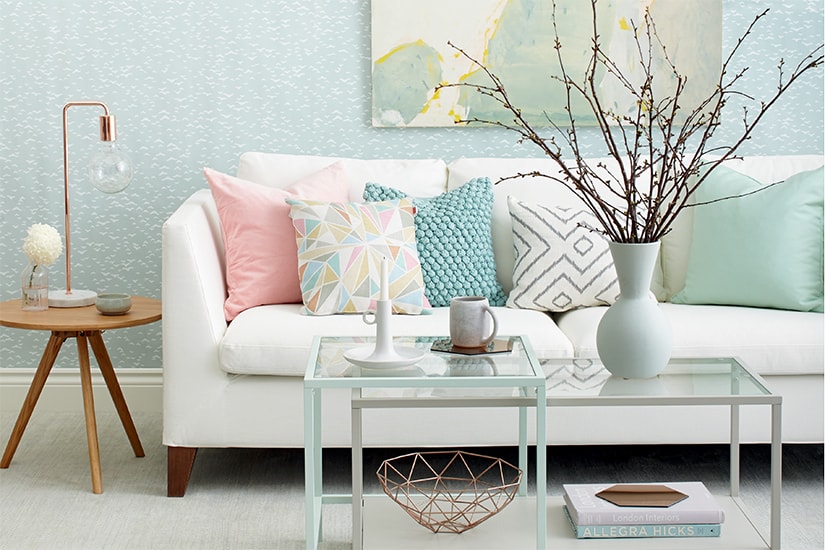Organizing Ideas
Organizing 101: Stationery

Organizing Ideas
Organizing 101: Stationery
Rumours of the death of letter writing have been greatly exaggerated. We might not be writing witty missives à la Jane Austen, but many of us still send cards and letters on good old-fashioned paper. This primer on organizing stationery, greeting cards and addresses, and keeping track of birthdays and anniversaries, makes staying connected to friends and family easy.
Create a kit
A timely handwritten note penned on exquisite paper expresses thoughtfulness in a way an e-mail simply can't. And an organized stationery kit is a pleasure to create and makes a great gift, too. Possible containers range from a sturdy, lidded storage box to a stylish tabletop chest. Equip the kit with fine-quality blank paper and matching envelopes, single and boxed sets of blank notecards (save space by discarding boxes and tying sets with ribbons), stamps, a pen, address labels and an address book.
Send cards
Scanning the leftovers in the card section of the pharmacy en route to an event isn't the best way to find meaningful cards. The solution is to buy in advance, and to do that you need a system that includes reminding yourself of an event in advance, organizing and storing cards, and then sending them.
The best system I know of is a greeting card binder or accordion file, which satisfies the first two steps. Create a computerized list of important dates and print on separate sheets by month. Use dividers to create monthly sections in the binder, or mark sections of the accordion file; place list in appropriate spots. Buy and store cards using multisheet sheet protectors. Include a section at the back for blank cards and additional birthday, get well, thank you and sympathy cards. Check next month's list at the end of the current month to ensure you have cards for upcoming occasions. If you use a computer or personal digital assistant, program the personal calendar system to remind you of important dates.
Image courtesy of In a Card on Etsy.
File addresses
Although computers and PDAs are the technology of choice for many of us when it comes to storing addresses and phone numbers, every household can benefit from a card system like a Rolodex, too. Technology can fail, and without a backup or printout you'll be stuck re-entering info. Also, looking up a phone number on the computer or on a PDA can be more tedious when you're in a rush, while it's fast and easy to file business cards from household contacts like plumbers and electricians in a card system. On the flip side, if you're even a little computer-savvy, having contacts on a computer or PDA is handy for sending mass e-vites (electronic invitations), e-cards and notices (like a change of address) to customized contact lists. A PDA is also a convenient tool if you're on the go or travel frequently. In the end, it's about choosing the system that's best for your life and organizing style.
Storing cards
According to research done by Hallmark Cards, nearly 90 per cent of mothers keep some of the Mother's Day cards they receive, and nearly half of those keep their cards in a dedicated spot, like a scrapbook or album. But if you don't even have time to put your favourite photos in an album, you'll need a simpler system for cards. The easiest method is another storage box (preferably one that coordinates with your stationery box and is stackable). Sort cards by occasion or year, and tie with ribbon. An accordion file separated into years or events also works well. Consider keeping only those cards that hold sentimental value so you can minimize the storage space you need.
Image courtesy of Rag & Bone Bindery














Comments